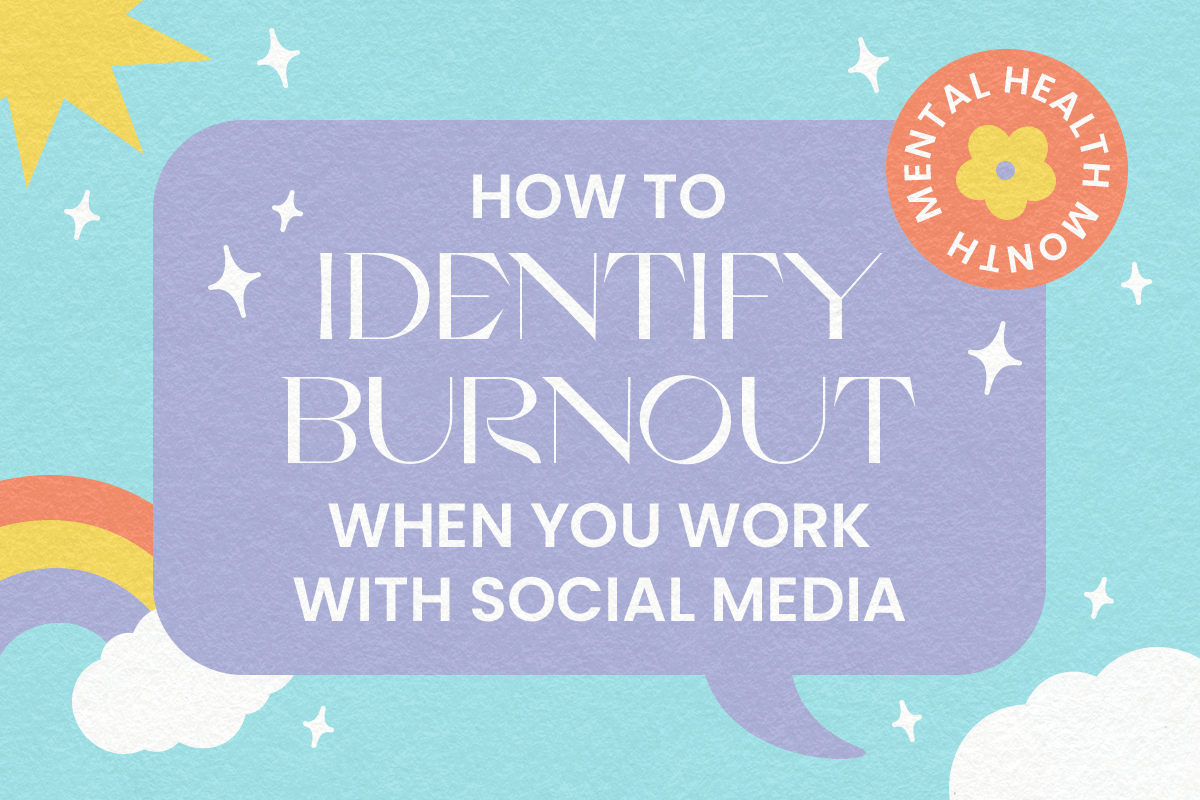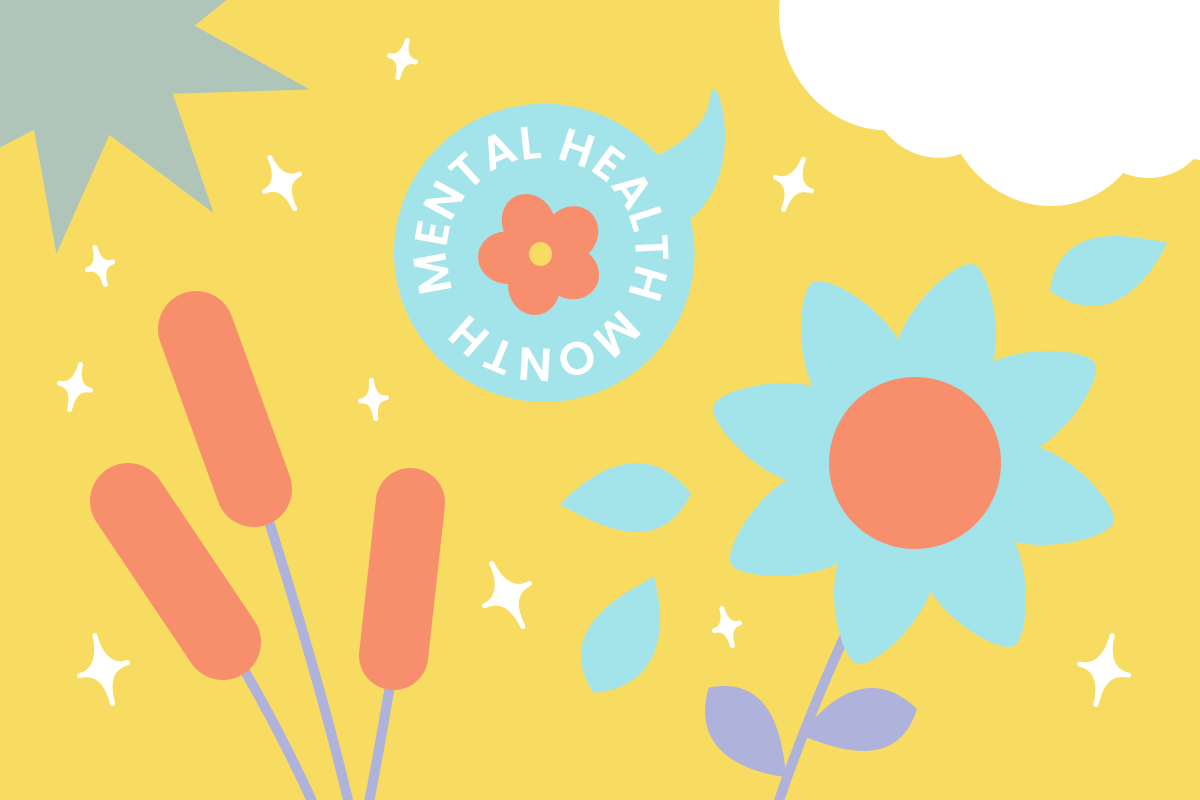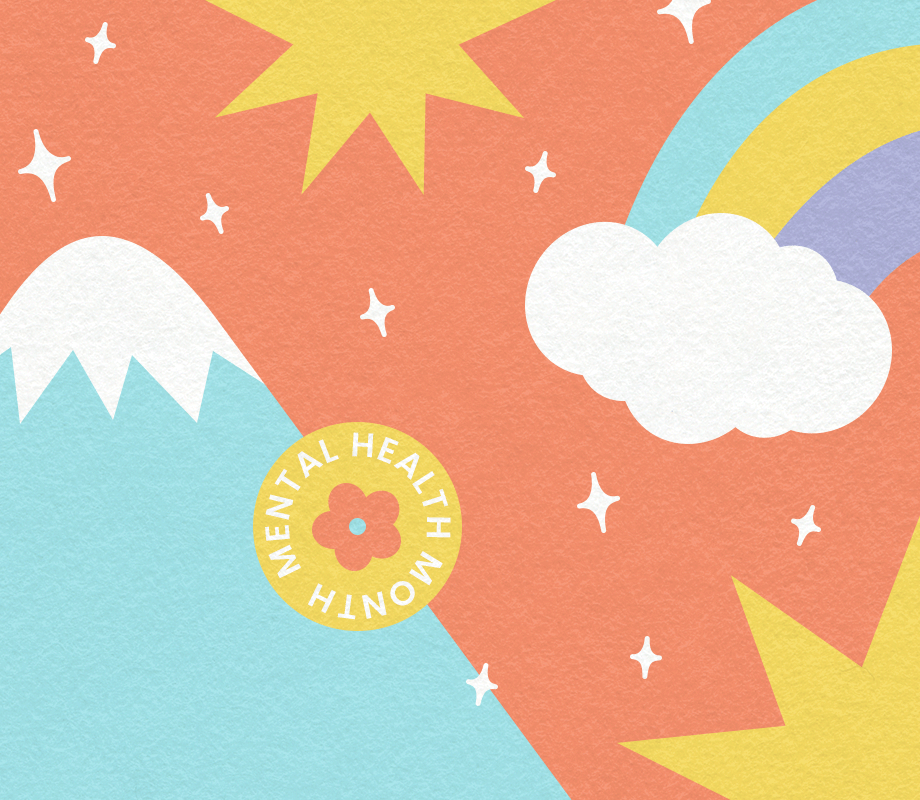Burnout can affect everyone.
And with the increase of video calls, social media scrolling, and working from home, there’s never been a better time to check in with your mental health.
We spoke with Dr. Michaela Dunbar, clinical psychologist and founder of @myeasytherapy, to discuss what burnout is, how it differs from stress, and several ways to identify and combat it.

What is Burnout?
Burnout is a state of emotional, mental, and often physical exhaustion brought on by prolonged and repeated stress.
You may use the phrase “burned out” whenever you’re feeling a bit tired or run down, but psychological burnout can be much more serious.
In fact, the condition was officially recognized by the World Health Organization (WHO) in 2019.
“Burnout is an actual psychological condition that affects one’s outlook on life and work,” Dr. Michaela explains. “If left unaddressed, this cycle can make your day-to-day responsibilities feel devastating, making it difficult to function in every aspect.”
It’s key to recognize that no matter what industry you work in, you can be susceptible to burnout. And for those who use or work in social media, “social media burnout” is a real possibility.
What Is the Difference Between Stress and Burnout?
As conversations surrounding burnout increase, it’s important to understand the difference between Stress and Burnout.
The two share some common side effects, such as feelings of unhappiness, lack of motivation, and low energy levels, but are fundamentally different.
Stress is a feeling of emotional or mental tension often caused by pressure at work or other responsibilities.
“We all know what it feels like to be stressed”, explains Dr. Michaela. “You may experience a tight knot in your stomach or lay awake at night worrying about work and the future.”
Burnout, on the other hand, is a state of emotional, mental, and oftentimes physical exhaustion brought on by prolonged and repeated stress.
“It’s a feeling of being mentally exhausted, drained, and uninterested in the things you once loved,” she says. “It can have serious consequences for both your physical and mental health.”
8 Common Signs of Burnout
Amidst tight deadlines, long to-do lists, and hours spent on social media, it’s easy to feel overwhelmed, stressed, and tired.
But, how can you tell if what you’re experiencing is burnout?
Dr. Michaela explains it can be challenging to identify: “People might think burnout is another term for overworking or mental exhaustion. But burnout is more than that.”
As outlined by the WHO, there are three main components of burnout: energy depletion or exhaustion, increased feelings of negativism or cynicism, and reduced professional efficacy.
And each component will manifest differently in everyone. Whether you’re a small business owner or an Instagram creator, the signs of burnout aren’t a catch all.
According to Dr. Michaela, here are eight common signs of burnout to be on the lookout for:
Feeling easily irritated, frustrated, and overwhelmed.
Having little to no motivation to work on your tasks.
Lack of sleep, waking up tired, and feelings of heaviness.
Emotional fatigue and feeling more pessimistic, cynical, and drained than usual.
Compassion fatigue both professionally and personally.
Physical exhaustion such as headaches, stomach aches, and weaker immune functioning.
Trouble concentrating or paying attention, manifesting into chronic stress.
Neglecting your own needs and turning toward unhealthy coping strategies.
5 Ways to Combat Burnout
Every person will experience social media burnout differently, but the are some common techniques to combat the condition and restore your mental energy levels.
#1: Disconnect
Whether it’s a 10 minute break in your day, an hour after work, or an entire weekend — taking the time to fully disconnect from screens is important.
Dr. Michaela recommends disconnecting on a daily basis.
“If you’re taking a break during the work day, try not to look at emails, reply to work messages, or work on projects,” she explains.
This allows you to refresh and come back to work feeling renewed and rejuvenated.
#2: Set Boundaries and Say No
Saying no can be a challenge — especially if you’re a people pleaser.
If you struggle with always saying yes to avoid disappointment on the other end, it may be time to consider setting boundaries.
To do this, assess your current commitments and identify what’s a high priority versus a low priority. If your plate is overloaded, focus on your high priority tasks, and communicate with any stakeholders that your lower priority tasks have a new deadline.
“The immediate relief this can bring may surprise you,” shares Dr. Michaela.
#3: Take Time Off
One of the best things you can do for yourself to prevent burnout is to take time off — and really switch off.
“Time away from work will help you enjoy your life and improve your work-life balance.”
Dr. Michaela suggests putting vacation time on a high priority list for yourself and your mental health.
#4: Cultivate a Rich Non-work Life
When you work with or in social media, leaving work at work can feel impossible.
Whether it’s turning off Slack notifications or scheduling your social media posts, it’s important to actually shut off.
Dr. Michaela recommends finding a hobby, playing a sport, volunteering, or any extracurricular activity.
“Find something that is rewarding to you,” she advises.
Other ways to cultivate a rich non-work life include getting enough sleep, meditating, eating nourishing foods, and staying active.
#5: Connect and Seek Support
Asking for help is not a sign of failure.
With 76% of employees experiencing burnout on the job at least sometimes, you are not alone in how you feel.
“Talking about burnout with loved ones can be a great source of support. Your friends, family members, and coworkers can help you see that burnout is a process, not a personal failure.”
Another avenue is to seek professional help. Speaking to a professional can help you identify the cause of your burnout and find personalized coping methods.
“Expressing your feelings and feeling validated is a great way to lessen the burden of burnout.”
Want to Speak to Someone Now?
Contact the National Suicide Prevention lifeline at 800.273.TALK (8255)
Contact Crisis Services Canada by calling 1-833-456-4566 or texting 45645
Contact the Crisis Text Line by texting HOME to 741741
Call The Samaritans 24-hour helpline on 116 123 (UK)
Not in the US, UK, or Canada? Find an international crisis line here.
Sign up to Later’s free newsletter for more social media mental health tips, industry news, and time-saving hacks to help you find work-life balance.




